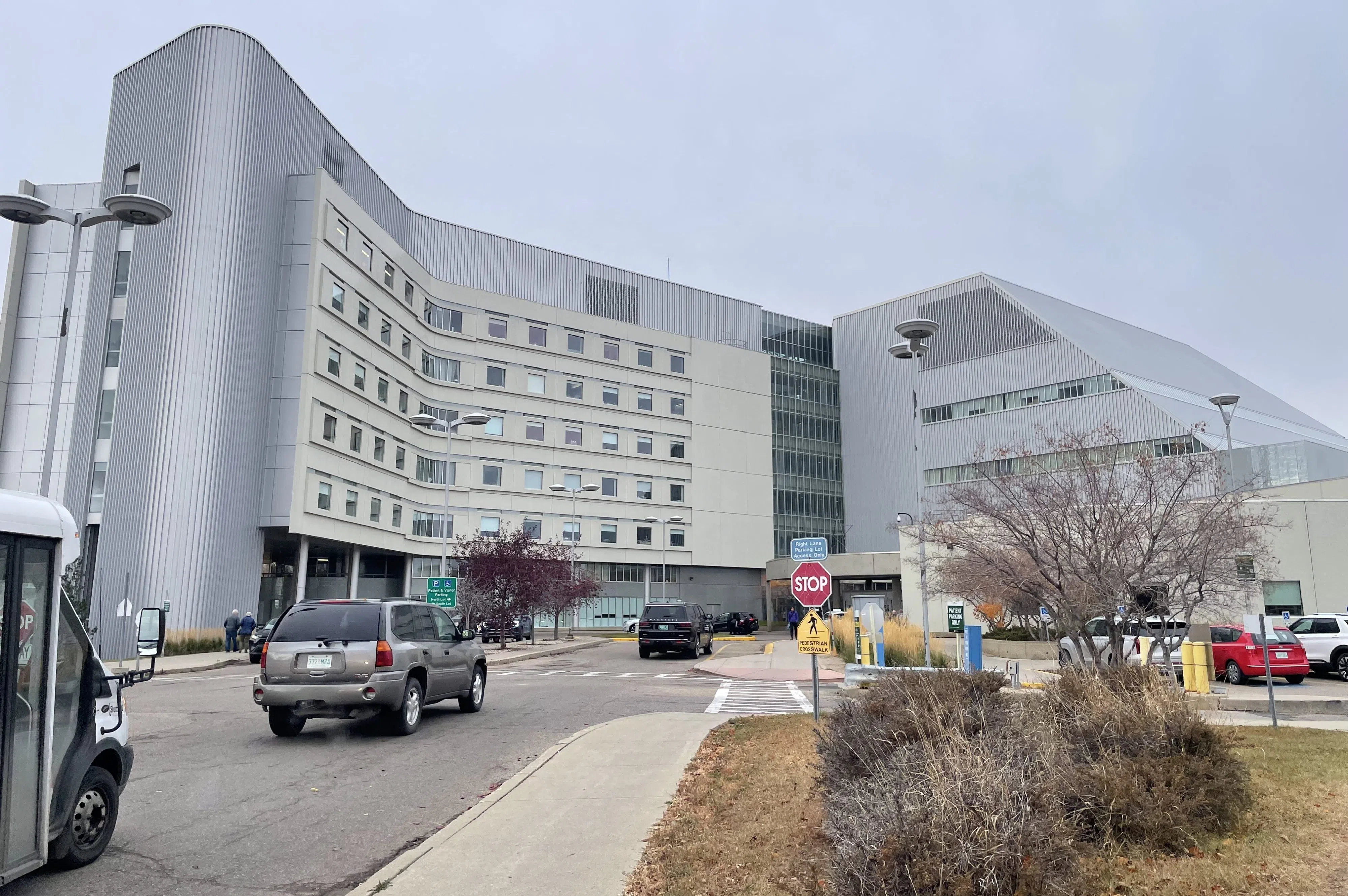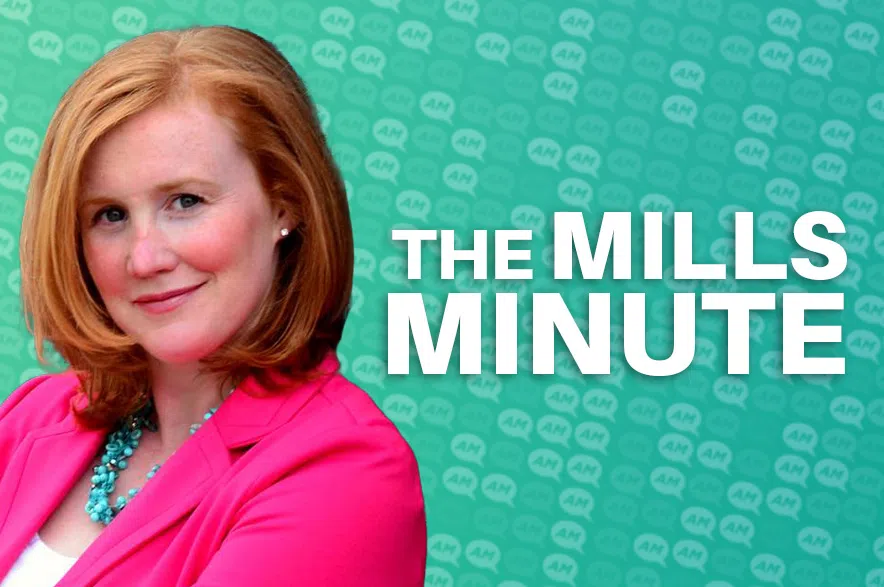About 450 health-care workers signed a letter asking the provincial government to address the worsening conditions in emergency departments, according to the Saskatchewan Union of Nurses (SUN) social media.
The letter, written to Health Minister Jeremy Cockrill, outlines the “critical and escalating issues impacting emergency care” across Saskatchewan.
Read more:
- Viral video of overcrowded hospital hallways sparks NDP outrage
- VIDEO: One family’s reality of the chaos in Royal University Hospital hallway
- Surgery patients have more options, due to new expanded partnership
“What were once exceptional circumstances have become daily realities: hallway care, unsafe patient loads, and moral distress among dedicated professionals doing their best under impossible conditions,” read the signed letter, which was posted to the SUN’s Facebook page.
Health-care workers are demanding policy responses to prevent emergency department overcrowding, improve staff retention, and reduce consultant-driven visits.
According to SUN President Bryce Boynton, the letter, signed by members of SUN and other unions, as well as physicians, speaks to the frustrations of a variety of health-care workers.
That frustration is in part fueled by the increasing dependence on hallway health care, which Boynton said is becoming what seems to be a permanent fixture in Saskatoon’s Royal University Hospital (RUH) emergency department.
“They’re extremely overcapacity, to the point where they’re now lining multiple hallways,” Boynton said, adding how the once temporary set ups are stretching around corners.
Patients receiving treatment in the hallway don’t have access to the same level of care, according to Boynton.
“A nurse might not see you getting worse, a nurse might not be able to properly monitor you when you’re receiving high alert medications, because you’re in a setting that isn’t set up to support that kind of care,” he said.
For Boynton, this letter shows how nurses have hit their breaking point because of the unsafe conditions for patients and themselves.
Provincial government response to letter
A statement provided to media on behalf of Cockrill responds to the letter, outlining the initiatives the provincial government is undertaking to ease the strain on emergency departments.
That includes a multi-million dollar investment into the expansion of RUH’s Intensive Care Unit, building another Urgent Care Centre, and the implementation of a new Emergency Communication Nurse System (EMS) in Regina and Saskatoon.
This system directs non-emergency 911 calls to “the most appropriate care, allowing EMS to focus on urgent cases,” according to the minister’s statement. The new system is intended to ease the strain put on emergency departments.
But, Boynton said the EMS doesn’t address the real issues, or the letter.
From his understanding, Boynton said this system will only add a couple of nurses who offer similar services to 811, redirecting people from one place to another.
“But ultimately, when people don’t have access to those services that they’re redirected to […] they end up right back in the ER, anyway,” he said.
Also included in the statement was an acknowledgment of the “109 new acute care beds” being added to Saskatoon City Hospital. With these new beds, Saskatoon’s acute care capacity will increase by 14 per cent, according to the emailed response.
Boynton said he’s disappointed that the provincial government continues to use this argument continues. He also says the government is misleading the public by their definition of “new” beds.
“These aren’t new beds. They’re beds that are being shuffled around and re-labeled from other units to be sold as new. You know, those beds had patients in them not that long ago and so it isn’t truly addressing the issue,” he said.
For Boynton, addressing the issues raised in the letter would require a system-wide approach, including concrete efforts to recruit and retain nurses and focusing on improvements in long-term and primary care access, so people don’t have to rely on the hospital.











